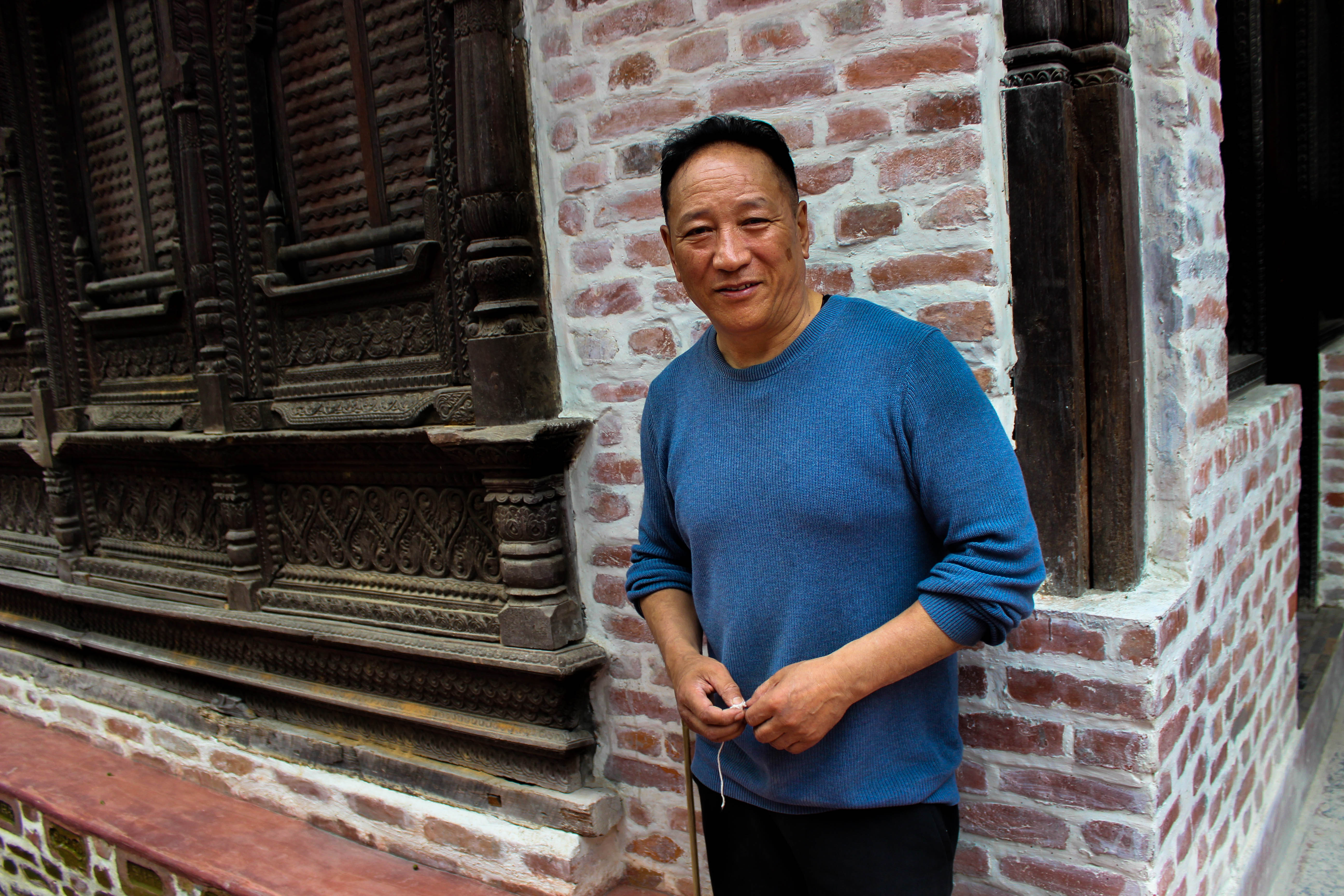Tibetan Wall-Hangings
Meet Pasang
He is originally from Tibet but came to Kathmandu at the age of 8 as he fled Tibet and the cultural revolution with his grandfather. Later on in 1998, Pasang discovered this new form of Tibetan art by collecting old and damaged aprons from across the Himalayas that him and his team restored in order to create this new, beautiful patchwork art.


The tradition of Tibetan aprons

Rediscovering an ancient textile
The sheep wool yarn that is used in these Pangden Tibetan Wall Hangings are naturally dyed from individual Nomad family households and the wool that they use have been collected from the ground. The majority of Tibetans are Buddhist and therefore they do not shave off the wool directly from the sheep.
The textiles that are used for these pieces of Wall Hanging Art have been discarded in Tibet a long time ago - even up to 100-300 years ago! and they are very hard to find today. This makes each piece unique and it makes it impossible to recreate the same piece twice.
The art of natural dye
The techniques of natural dye that were used were done by Nomad families, ranging all the way from Kailash to Ngari in western Tibet, exchanged between one household to another on old trade routes. Some of the examples of natural dye are saffron used for the color yellow, indigo used for the color blue, madder or iron rust used for the color red and other imported herbs from Nepal were used for the dyeing process as well.